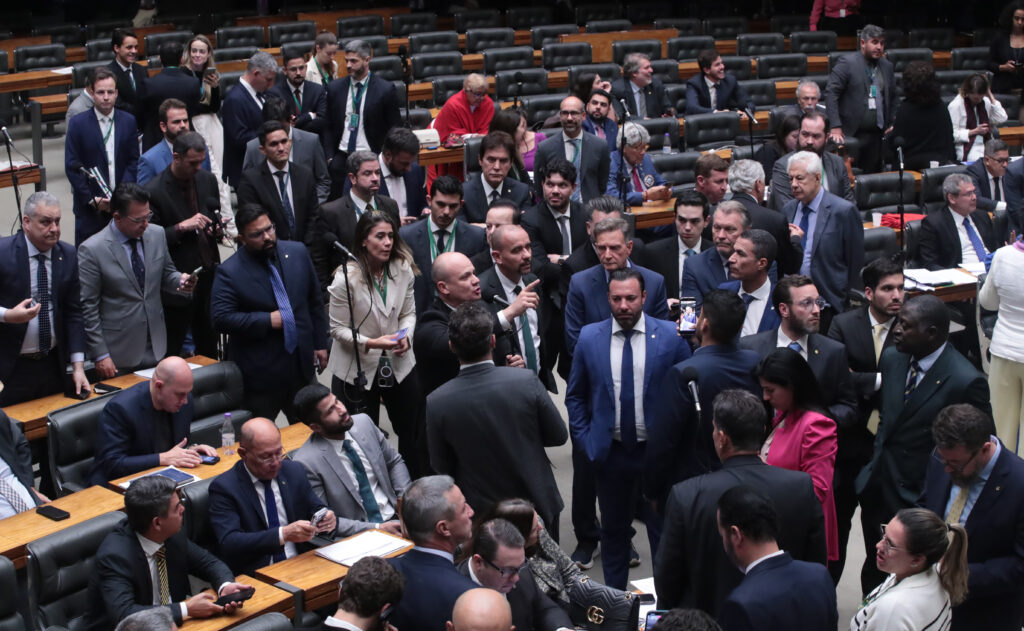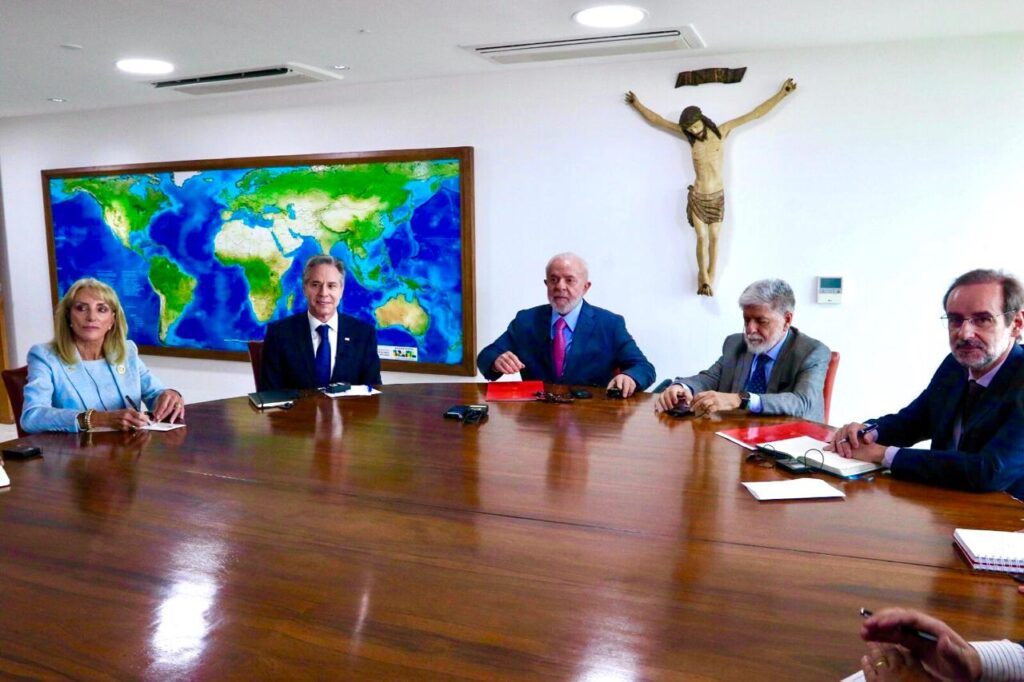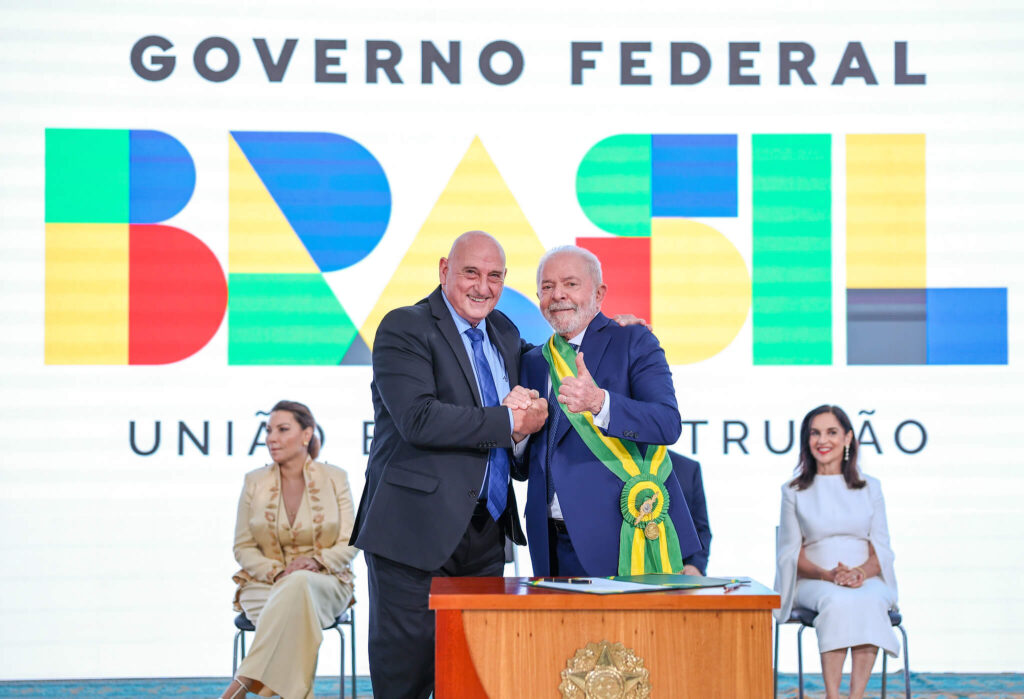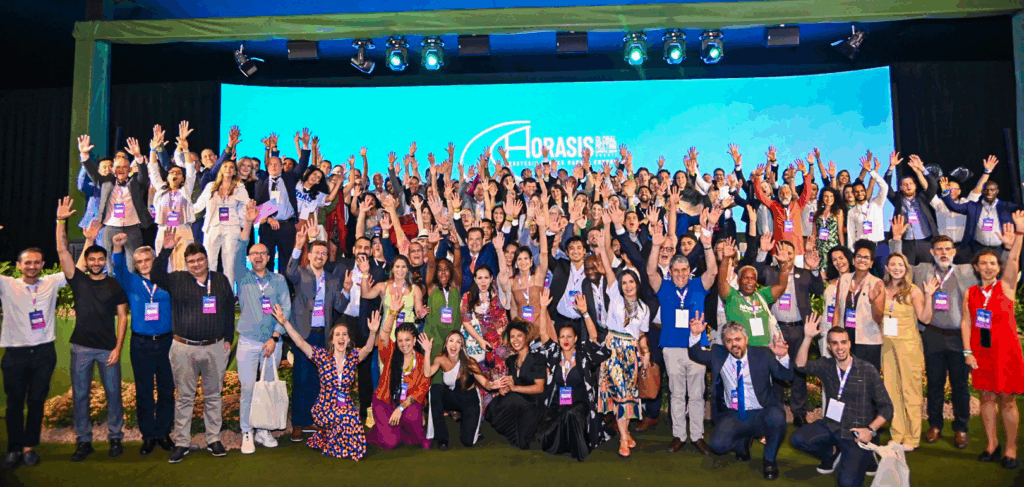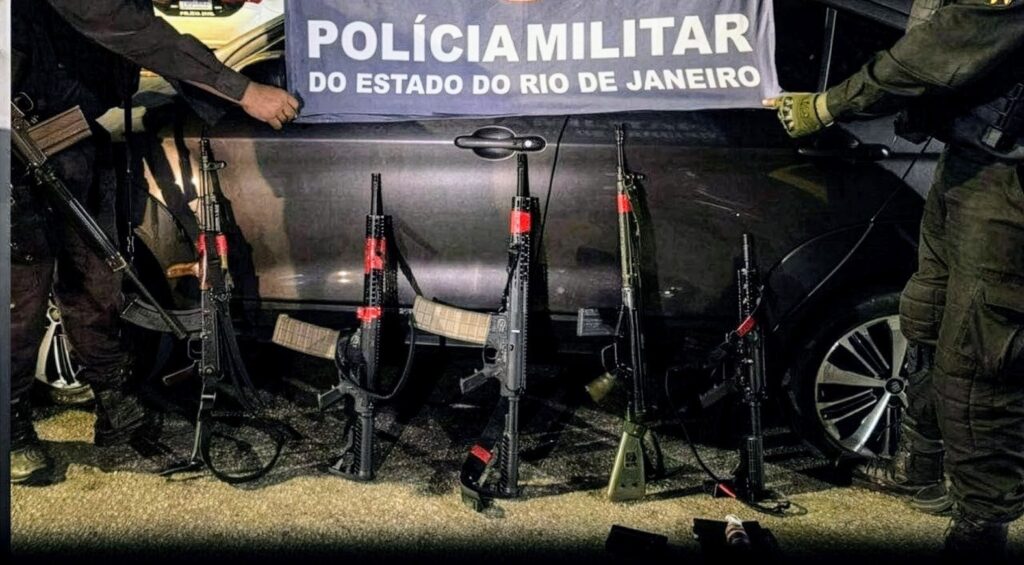São Paulo, Brazil – During his third inauguration as president of Brazil on January 1, 2023, Luiz Inácio Lula da Silva was joined at the Palácio do Planalto in Brasília, the official workplace of the president, by a host of leaders meant to symbolize a cross-section of Brazilian society.
Among them was Chief Raoni Metuktire, the world-renowned defender of the Amazon Rainforest and leader of the Kayapó Indigenous people who inhabit lands spanning the northern states of Pará and Mato Grosso.
The message surrounding his presence was clear: Years of neglect and aggression suffered by Brazil’s Indigenous communities under former right-wing President Jair Bolsonaro were over. Lula’s return to power was a sign of hope that the government would provide better protection and more rights to Brazil’s 1.7 million Indigenous people.
One year and nine months after the chief joined Lula on stage at the inauguration, however, the plight of Indigenous people in Brazil remains grim, and violence against them has even increased.
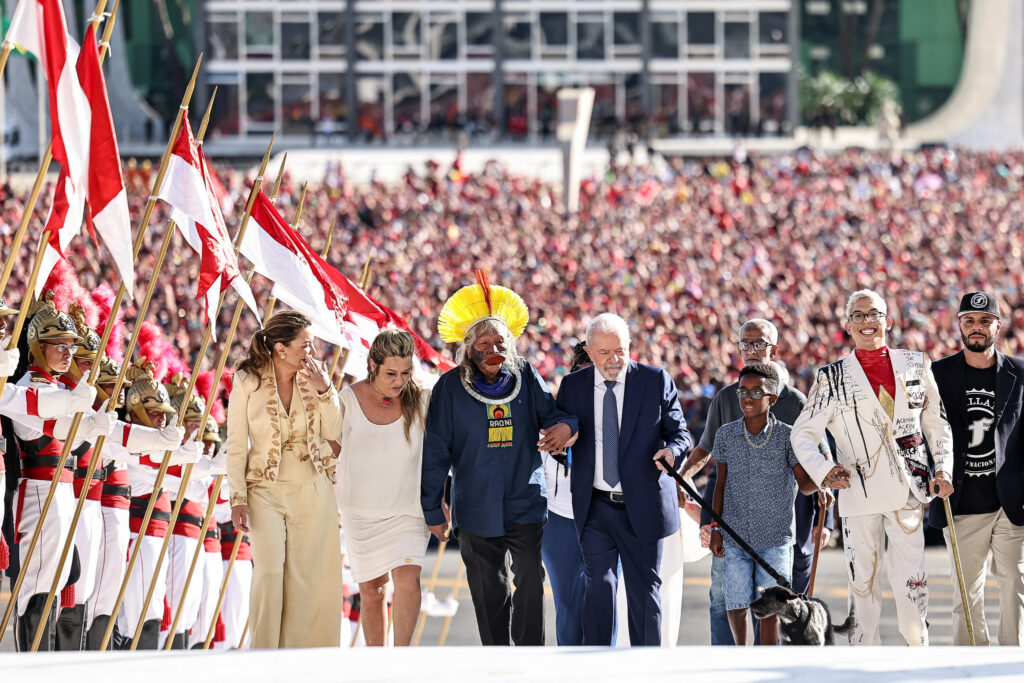
(Ricardo Stuckert/Presidency of Brazil)
According to a July report from the Indigenous Missionary Council (Cimi), 208 Indigenous people were killed in 2023, up 15% from the 180 that were killed in 2022. Many of the murders occurred in regions that face land disputes between Indigenous communities and farmers, miners, or loggers who were encouraged by Bolsonaro’s government to encroach upon and exploit the land.
Despite Lula’s government’s efforts to remove land invaders from Indigenous territory, its creation of the country’s first-ever Ministry of Indigenous Peoples, and its attempts to bolster government agencies meant to protect Indigenous peoples — such as the National Indigenous Foundation (Funai) which was all but gutted under Bolsonaro — it has failed to curb violence against this population, and according to interviews with Indigenous leaders, little has actually changed on the ground.
Violence against Indigenous people
In June of 2022, Brazil’s Javari Valley Indigenous Territory, a chunk of rainforest the size of Portugal that sits on its northern border with Peru, made international headlines when Guardian reporter Dom Phillips and activist Bruno Pereira were shot and killed while reporting from the region.
Two years on and security in the territory remains precarious.
Eliesio Marubo, a well-respected Indigenous leader and a legal advisor for the Union of Indigenous Peoples of the Javari Valley (Univaja) — the same organization Pereira worked for — told Brazil Reports that little has changed since Lula took office.
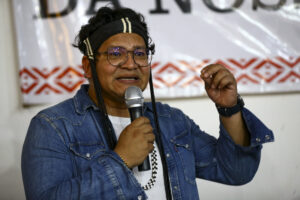
“We’ve been repeating the same answers to the same questions since 2022,” said Marubo. “Unfortunately, we also have protection problems, we have various fallacies from various sectors of the government, which are nothing more than lip service. We have little or no effectiveness on this point, and it’s not going to get any better.”
The Javari Valley sits at the intersection of important drug trafficking routes from Peru and Colombia into Brazil. Some experts attribute a rise in violence in the region to its increased use by drug gangs. The Federal Police have said that criminal organizations are using rivers in the region to ship drugs further into Brazil.
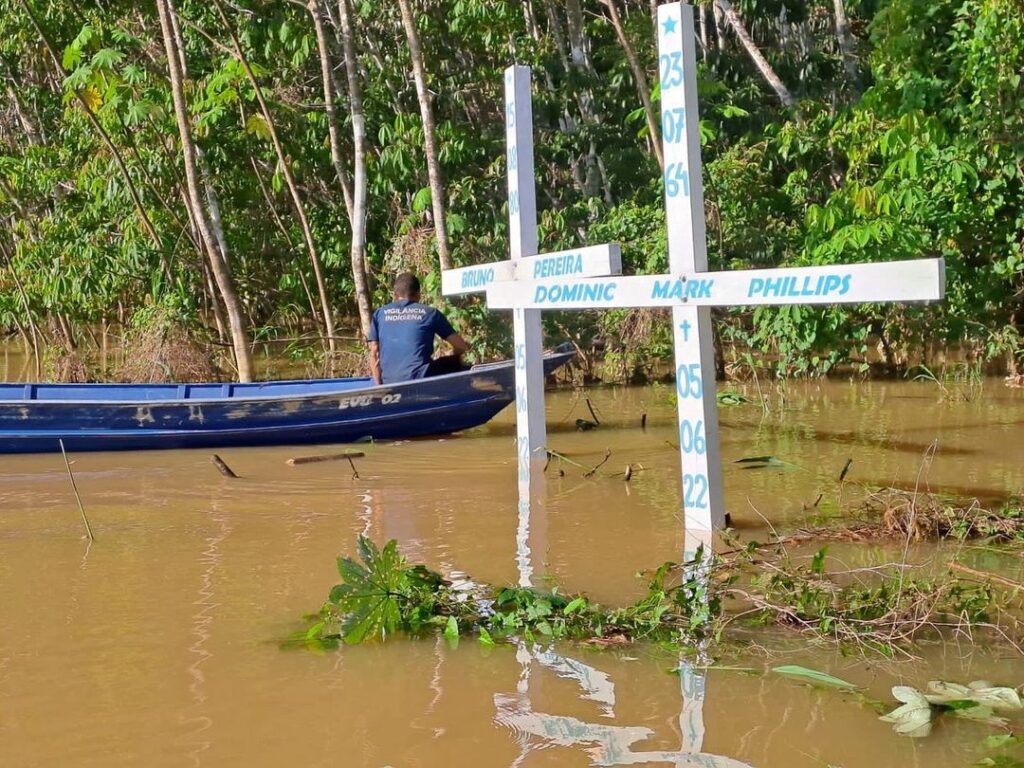
(Courtesy of Univaja)
“There are places where the situation is worse than during the Bolsonaro government, which at least said it didn’t like Indigenous people,” Marubo lamented.
In northeastern Brazil, in the coastal state of Bahia, land disputes between agricultural interests and Indigenous communities have intensified in recent years. In many parts of the state, Indigenous peoples are locked in years-long legal battles to demarcate their territory.
Demarcation is the process of guaranteeing possession of lands and the use of their natural resources to the Indigenous tribes that live on the lands. In effect since the country’s 1988 Constitution, new demarcations of land completely stopped under Bolsonaro.
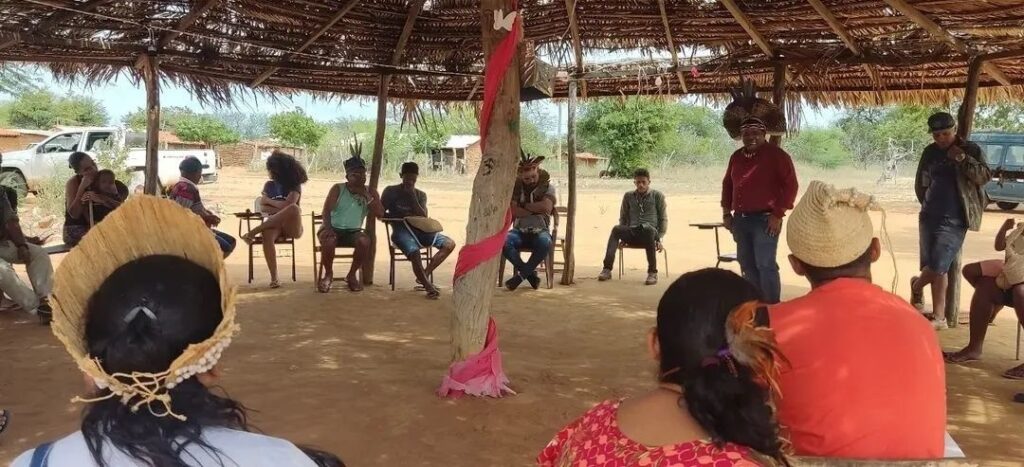
(courtesy of Chief Arua)
In Bahia, the Pataxó and Tupinambá people have inhabited the land since before Portuguese explorer Pedro Alvares Cabral first landed there in 1500. Astonishingly, more than five centuries later, much of their land is not demarcated. One example is the Tupinambá de Olivença territory, where the demarcation process has dragged on for over 15 years. The Pataxó, meanwhile, are still awaiting the demarcation of the Comexatibá and Barra Velha do Monte Pascoal lands. In some cases, legal disputes brought by landowners have stalled the demarcation process.
Kâhu Pataxó, president of the Federation of Indigenous Nations of the Pataxó and Tupinambá of Southern Bahia (FINPAT), told Brazil Reports, “We have lived in this territory long before it was ever called the Brazilian State. We existed before the Brazilian State even existed. This land is ours, and it has been for far longer than since 1500.”
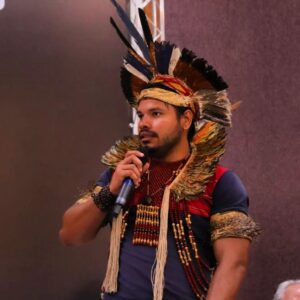
He said the Indigenous struggle in Brazil is similar to ongoing conflicts in the Middle East.
“Our situation is very similar to what happens in the Middle East, where land disputes fuel wars. We are attacked with bombs, with firearms. We are living in a constant state of civil war,” Kâhu said.
As the demarcation process stalls, more violence is erupting in the region.
In January of last year, two young Pataxó men, aged 16 and 21, were shot and killed in an ambush on land disputed by the Pataxó and local farmers. Twelve days later, a police officer suspected of working security for a local landowner was arrested for the crimes.
A month earlier, Pataxó Hã-hã-hãe Chief Lucas Kariri-Sapuyá was assassinated by gunmen who ambushed him on a road in the same area. The attack on the tribal leader was blamed on rural farmers.
The ‘timeframe’ law and the failure of demarcating land
Much of the violence plaguing Indigenous people centers on the question of land use. When lands are officially demarcated by the government, it’s easier to send resources to protect territories from land grabbers and provide basic services to Indigenous peoples within the territory.
The country currently has just over 500 demarcated territories, while many others remain within various stages of the demarcation process. Last year, Lula’s government announced eight new land demarcations after a complete moratorium during the Bolsonaro administration.
Read more: Brazil strengthens environmental preservation efforts, signs new Indigenous land demarcations
“Demarcation guarantees Indigenous peoples permanent ownership of their territories, preventing non-Indigenous individuals from exploiting the land for large-scale economic activities like cattle ranching, farming, or resource extraction,” Dinamam Tuxá, executive coordinator of The Articulation of Indigenous Peoples of Brazil (Apib), a rights group, told Brazil Reports.
Tuxá stressed that there’s even more urgency for the federal government to process demarcation cases following Congress’ passing of a controversial “timeframe” law in January which is currently under review by the Supreme Court.
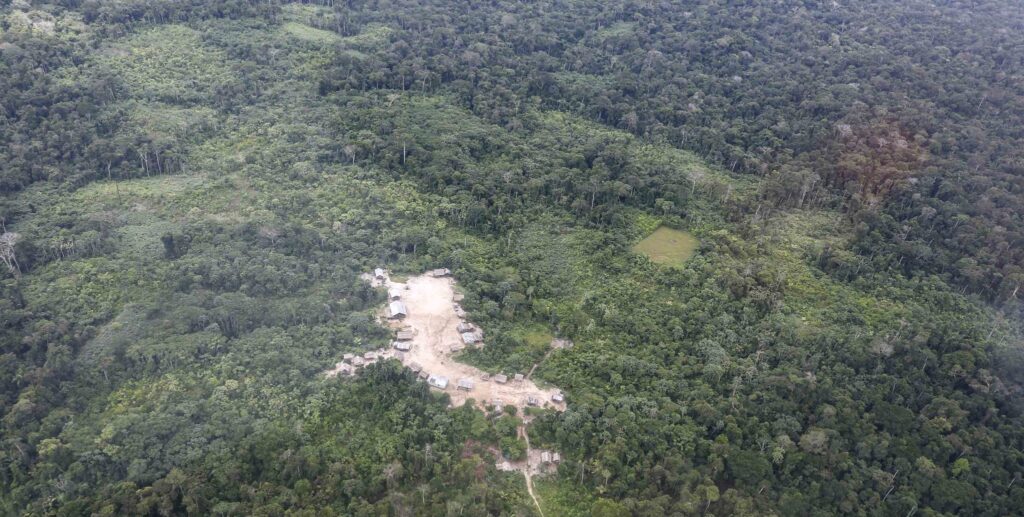
(Brazilian Health Ministry courtesy)
Proposed by conservatives in Congress, the law requires that Indigenous communities prove they were occupying the land in 1988, when the new Constitution went into effect that returned Brazil to democracy after 20 years of military dictatorship. The challenge, however, is that under military rule, Indigenous peoples were persecuted and forcibly displaced from their lands, making it difficult for some of them to meet the timeframe requirement. Critics say the law is meant to “delegitimize” Indigenous land claims, according to Mongabay.
Moreover, the law allows the government to prioritize national defense over Indigenous land rights, even in demarcated areas. This means military bases or other infrastructure could be established without consulting the affected communities or Funai.

“People need to understand that we are people, that we have rights and that we are diverse,” said Tuxá. “I think the federal government needs to be more committed to stemming this wave of violence, as well as concrete positions on demarcation, monitoring and curbing violence against indigenous peoples.”
The Supreme Court has been holding a number of conciliation hearings to hear from stakeholders involved in five lawsuits that challenge the constitutionality of the timeframe law.
These discussions include representatives from the federal government, Indigenous leaders, civil society organizations, Congress, as well as representatives from agribusiness interests.
Luís Roberto Barroso, president of the Supreme Court said in August that, “Conciliation, whenever possible, is better than conflict.” He added that all parties expect “a sincere effort to find a negotiated solution.”
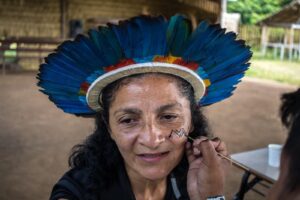
However, Neidinha Suruí, a veteran Indigenous activist who has helped defend the rights of the Uru-Eu-Wau-Wau people in the Amazon for over 50 years, calls the hearings “traps.”
“Why didn’t the government ever call for conciliation when it came to removing the farmers invading Indigenous lands? But now, when Indigenous rights are at stake, they set up these traps,” she told Brazil Reports.
Suruí urged President Lula to take personal responsibility for protecting Indigenous rights, just as he has defended economic reforms in Congress. “Lula must keep the promises he made during his campaign,” she said.



